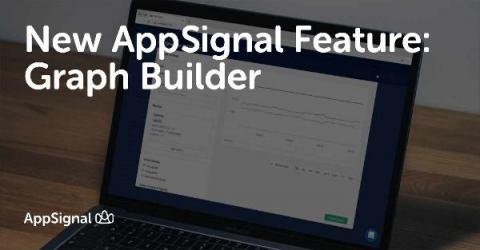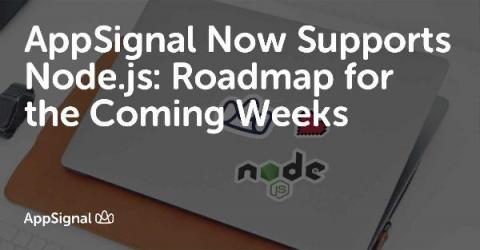New AppSignal Feature: Graph Builder
Dashboards should be easy to build and provide powerful insights. Our magic dashboards are already created automatically, so you don’t have to spend any time setting up these dashboards yourself. Many developers started tracking custom metrics that were unique to their applications. From these metrics, you can create custom dashboards and add triggers to get notified if values go outside of your desired range.











